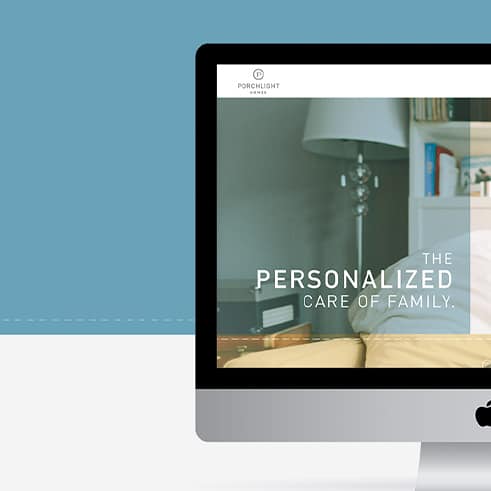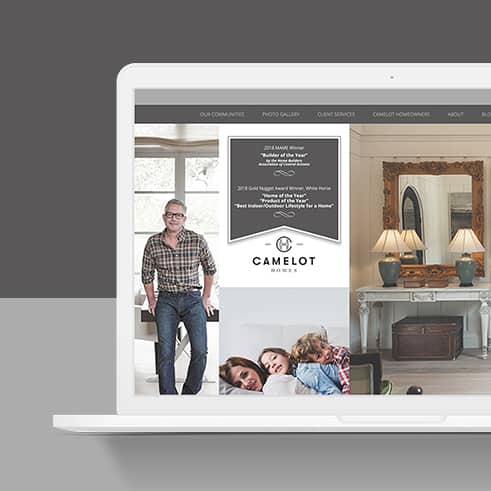Creating a successful logo is a critical component of a company’s branding strategy. It’s not just a random mark; it’s the visual cornerstone of a brand’s identity. A well-designed logo reflects the company’s mission through the right icon, color or proper font. This significance is why the process of creating a logo should be done thoughtfully and with careful consideration.
What to Avoid When Creating a Logo
- Complexity: A complex logo can be difficult to recognize and even harder to remember or reproduce in some circumstances. It’s essential to avoid intricate designs that are not scalable. A logo should be identifiable at any size, whether it’s on a billboard or a matchbook cover.
- Trendiness: Chasing the latest design trends can make your logo look dated when the trends pass. The goal is to have a logo that is both timeless and adaptable.
- Irrelevant Imagery: The imagery and symbols used in a logo must be relevant to the company’s values, industry, and identity. Random shapes or images that do not align with the brand’s message can confuse the audience.
- Poor Font Choice: Typography communicates the personality of a brand. A font’s style, weight or cut needs to reflect a desired look and feel.
- Copying Others: We’ve all seen dental practice logos that use a tooth as the icon. . But drawing too heavily from existing logos not only lacks originality but can also lead to legal issues.
How to Create a Successful Logo
- Simplicity is Key: The most successful logos are simple. Think of the Nike Swoosh or Apple’s apple. They’re straightforward, memorable, and clear even at small sizes.
- Understand the Brand: A logo is not just an image; it’s an introduction to a brand. The logo must reach a specific audience and when designing, you must keep this in mind.
- Color Matters: Colors reflect specific meanings. Choose colors that differentiate you from competitors and align with the brand’s values. For example, green denotes “growth” and “wealth” , while red represents “passion” or “energy”.
- Versatility: A good logo can be used in a variety of media and applications. It should be functional. That means designing with vector formats to ensure it scales without losing quality. It is also helpful to have horizontal and vertical versions if possible.
- Get Feedback: Before finalizing a logo, get feedback from various sources. This can provide insight into how your brand is perceived and any unintended messages the logo may be sending.
Why Well-Designed Logos are Important
- First Impressions: Logos are often the first introduction to the public. A well-designed logo can pique interest and invite potential customers to learn more about the company.
- Brand Identity: A logo is a company’s first step to building a brand identity. Consistent use across all marketing materials can create a cohesive brand.
- Stand Out: In a crowded market, a well-designed logo can help your business stand out from the competition by being distinctive, memorable, and professional.
- Foster Brand Loyalty: As your brand grows, your logo is going to become more familiar to a wide range of consumers, and this familiarity creates the perception that you’re trustworthy and accessible.
- Communicate Professionalism: A well-designed logo communicates professionalism and attention to detail. It suggests that the company operates with a standard of quality.
Logos serve as the face of a company. They can communicate the essence of a brand, convey professionalism, and differentiate the brand in the marketplace. \Remember, a well-crafted logo not only makes a good first impression but also serves as a foundation for a brand’s overall marketing strategy. It’s an investment in the company’s future and, when done right, can pay dividends for years to come.




























